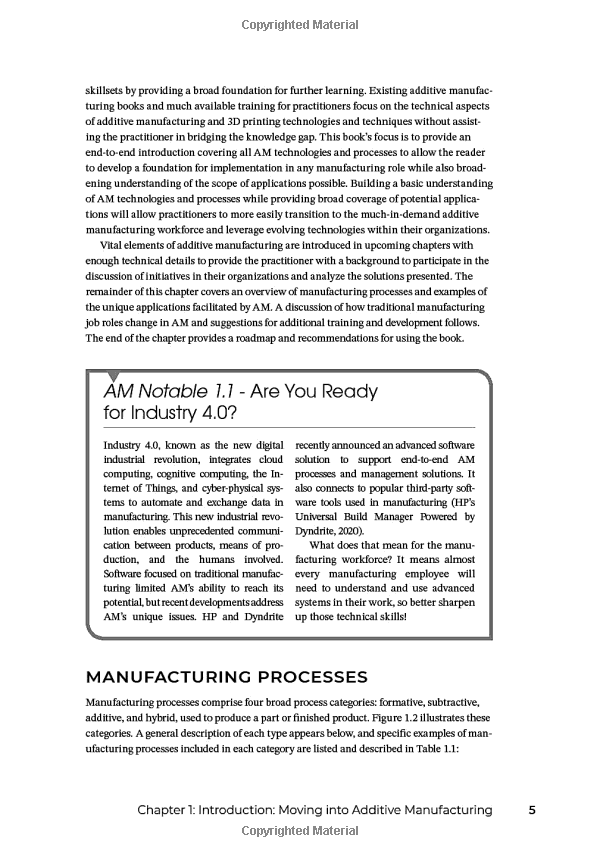Maximizing Your Financial Aid: Understanding FAFSA Grants and Loans for College Success
#### FAFSA Grants and LoansFAFSA, or the Free Application for Federal Student Aid, is a crucial step for students seeking financial assistance for college……
#### FAFSA Grants and Loans
FAFSA, or the Free Application for Federal Student Aid, is a crucial step for students seeking financial assistance for college. By completing the FAFSA, students can access a variety of financial aid options, including FAFSA Grants and Loans. Understanding these options is essential for maximizing your financial aid package and minimizing your out-of-pocket expenses.
#### What are FAFSA Grants?
FAFSA grants are funds awarded to students that do not need to be repaid, making them an attractive option for those looking to finance their education. The most common type of grant awarded through FAFSA is the Pell Grant, which is based on financial need. Eligibility for this grant is determined by the information provided on the FAFSA form, including family income and household size. Other types of grants may include the Federal Supplemental Educational Opportunity Grant (FSEOG), which is also need-based and awarded to students with exceptional financial need.
#### What are FAFSA Loans?
.jpg?1722868354)
In addition to grants, FAFSA also offers various loan options for students. Unlike grants, loans must be repaid, often with interest. The two primary types of federal student loans are Direct Subsidized Loans and Direct Unsubsidized Loans. Direct Subsidized Loans are available to undergraduate students with demonstrated financial need, while Direct Unsubsidized Loans are available to all students regardless of financial need. Understanding the terms and conditions of these loans, including interest rates and repayment plans, is crucial for managing your student debt effectively.
#### How to Apply for FAFSA Grants and Loans
Applying for FAFSA grants and loans is a straightforward process. Students must complete the FAFSA form, which can be done online. It is important to fill out the form accurately and submit it before the deadline to maximize your chances of receiving aid. After submitting your application, you will receive a Student Aid Report (SAR) summarizing your financial information and eligibility for aid.
#### Tips for Maximizing Your Financial Aid

1. **Apply Early**: The earlier you submit your FAFSA, the better your chances of receiving grants and loans. Many states and colleges have limited funds that are awarded on a first-come, first-served basis.
2. **Provide Accurate Information**: Ensure that all information on your FAFSA is accurate and complete. Any discrepancies can delay your application and affect your eligibility for aid.
3. **Explore State and Institutional Aid**: In addition to federal aid, many states and colleges offer their own grants and loans. Research the options available to you and apply for additional funding.
4. **Consider Work-Study Opportunities**: The work-study program allows students to earn money while attending school. This can help cover living expenses and reduce the amount you need to borrow.

5. **Stay Informed About Changes**: Financial aid policies and programs can change from year to year. Stay informed about any changes that may affect your eligibility for FAFSA grants and loans.
#### Conclusion
Navigating the world of financial aid can be overwhelming, but understanding FAFSA Grants and Loans is a vital part of the process. By taking the time to learn about the different types of aid available, how to apply, and tips for maximizing your financial support, you can set yourself up for success in your college journey. Remember, the earlier you start, the more options you will have to fund your education without accumulating excessive debt.